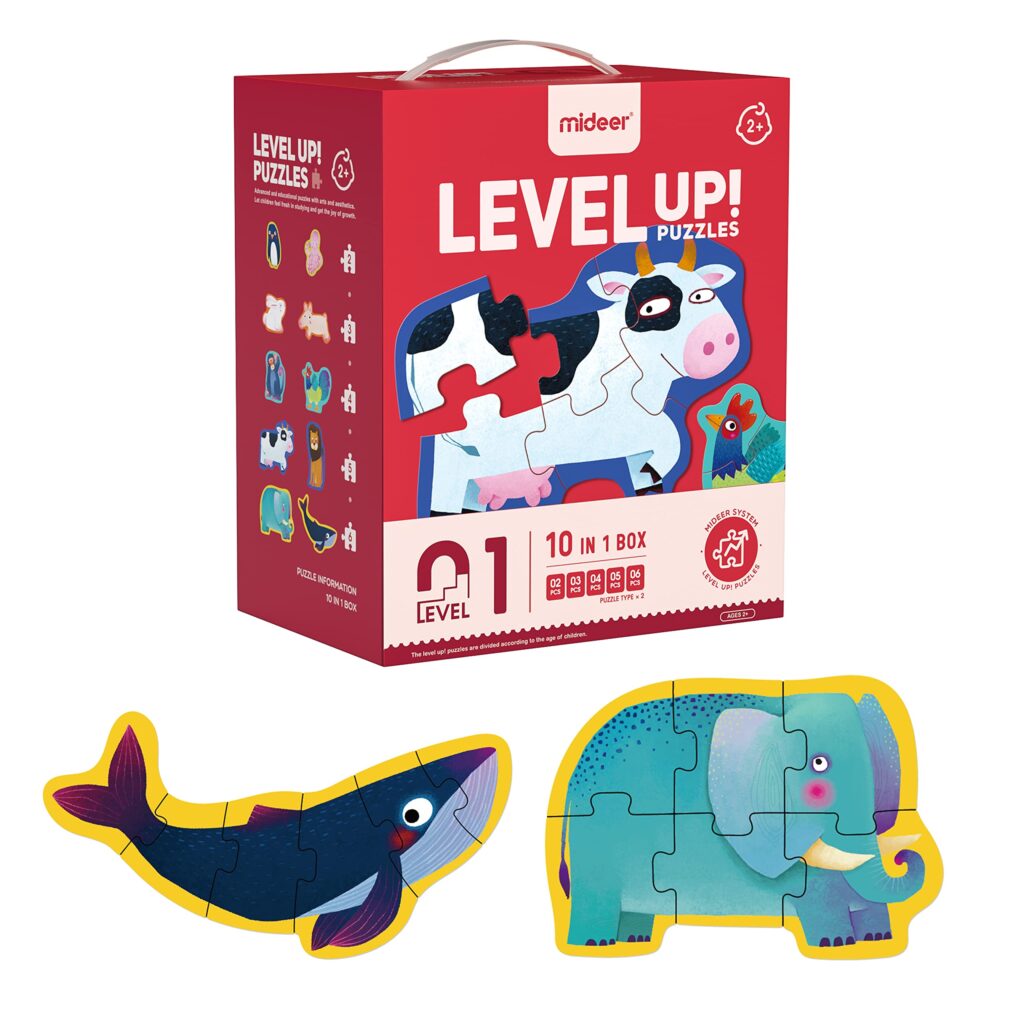Puzzles have been enjoyed for centuries and have a deeper psychological effect on the brain as an exercise in problem-solving, critical thinking, and can improve cognitive abilities, memory and reduce stress. Jigsaw, crossword and Sudoku puzzles all have their own unique challenges and aesthetic qualities. The color, composition, and texture of a puzzle design all play an important factor in their artistic appeal. While computer-generated puzzles and online puzzle games are becoming more prevalent, many prefer the tactile experience of working with authentic puzzle pieces.
The Art of Puzzling: Exploring the Aesthetics of Jigsaw Puzzles
Jigsaw puzzles have been a popular form of entertainment for centuries. From hand-carved wooden puzzles to the modern-day printed cardboard ones, puzzles are an enjoyable way to spend time alone or with friends and family. However, there is more to a puzzle than just its entertainment value. Puzzles can also be appreciated for their aesthetics and the artistry that goes into their creation.
The Psychology of Puzzles
While puzzles are often seen as a way to pass the time, they actually have a deeper psychological effect on the brain. Working on a puzzle can be an exercise in problem-solving and critical thinking skills, allowing the brain to work in a focused and meditative way. The act of puzzling has been shown to improve memory, cognitive abilities, and even reduce stress and anxiety.
Types of Puzzles
There are many different types of puzzles, each with their own unique challenges and aesthetics. Some of the most popular puzzle types include:
Jigsaw Puzzles
Jigsaw puzzles are perhaps the most iconic type of puzzle, consisting of interlocking pieces that fit together to form a complete image. They can range from simple, child-friendly designs to complex, multi-thousand-piece puzzles meant for advanced puzzlers.
Crossword Puzzles
Crossword puzzles are another popular type of puzzle that have the added challenge of wordplay and language skills. Solving a crossword puzzle requires not only problem-solving abilities but also a strong vocabulary and knowledge of word definitions and synonyms.
Sudoku
Sudoku is a numerical puzzle that involves filling a grid with numbers, making sure each row, column, and small square contains only one of each number. Sudoku puzzles can be found in varying degrees of difficulty and often have a satisfying sense of completion once all the numbers have been correctly placed.
The Artistic Elements of Puzzles
While puzzles can be appreciated for their ability to exercise the brain and provide a sense of accomplishment, they can also be appreciated for their aesthetics. Creating a visually-pleasing puzzle involves many artistic elements, including:
Color
One of the most noticeable aesthetic elements of a puzzle is the use of color. Effective use of color can create a sense of harmony and balance in the puzzle design, while also making it easier or more difficult to solve. Bright, bold colors can create a sense of playfulness, while muted, subtle colors can create a more contemplative and soothing aesthetic.
Composition
Like any visual art, puzzling requires attention to composition. An effective puzzle design will have a pleasing balance of shapes, lines, and negative space.
Texture
Texture is another important element to consider in puzzle design. The feel of the puzzle pieces in the hand can add to the overall aesthetic appeal of the puzzle. Consideration should be given to the quality of materials used, and the texture of the images used in the puzzle.
The Future of Puzzles
As technology advances, so too does the world of puzzles. Computer-generated puzzles and online puzzle games are becoming more prevalent, offering new ways to experience the joys of puzzling. However, many people still prefer the tactile experience of working with real puzzle pieces.
Regardless of the medium, the act of puzzling is a timeless form of entertainment that allows for mental exercise, stress relief, and artistic appreciation.
